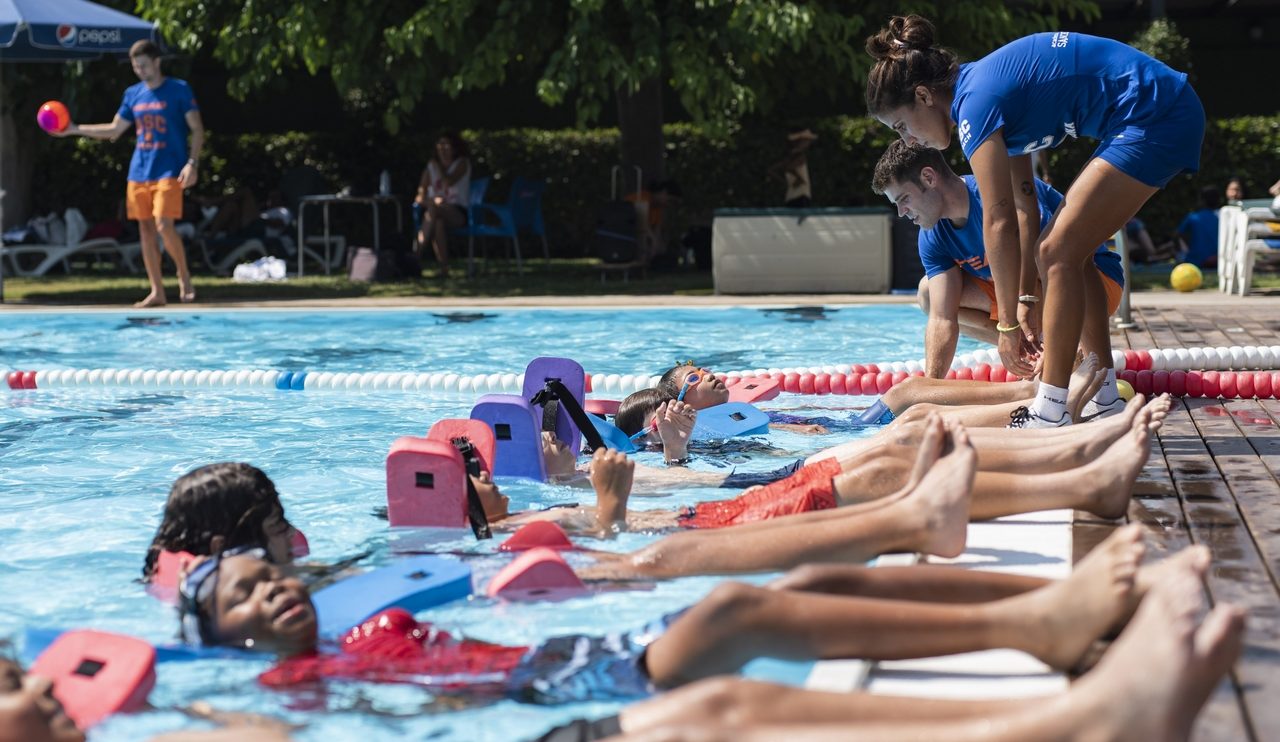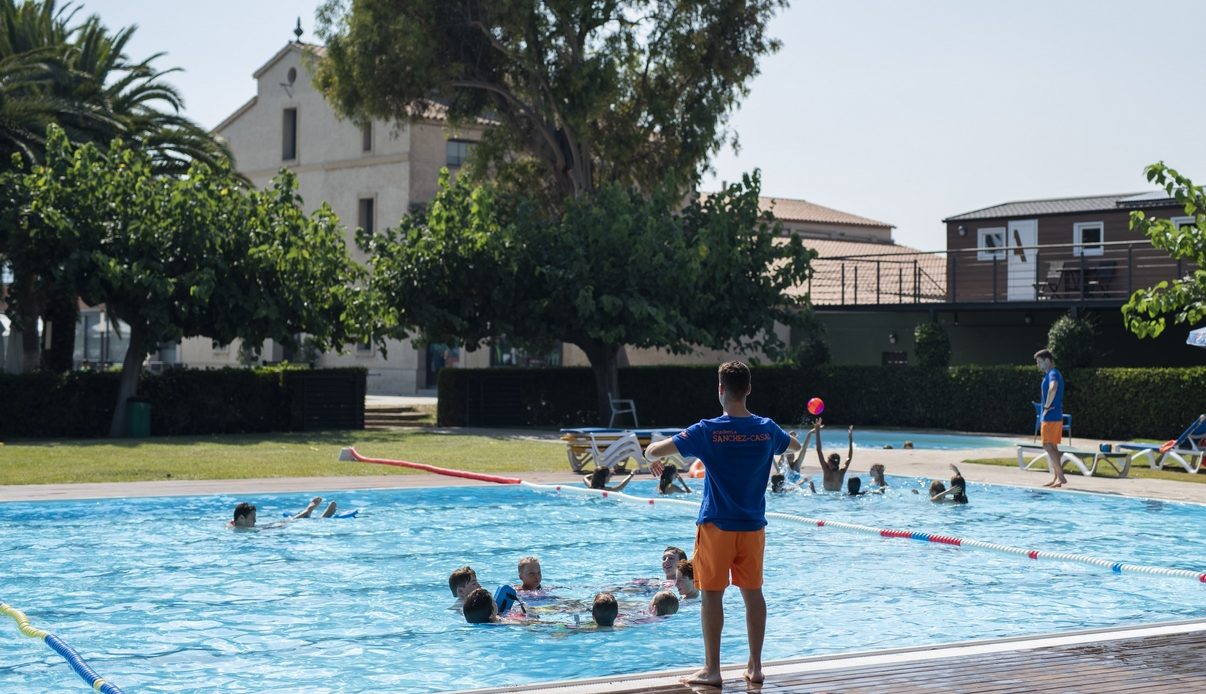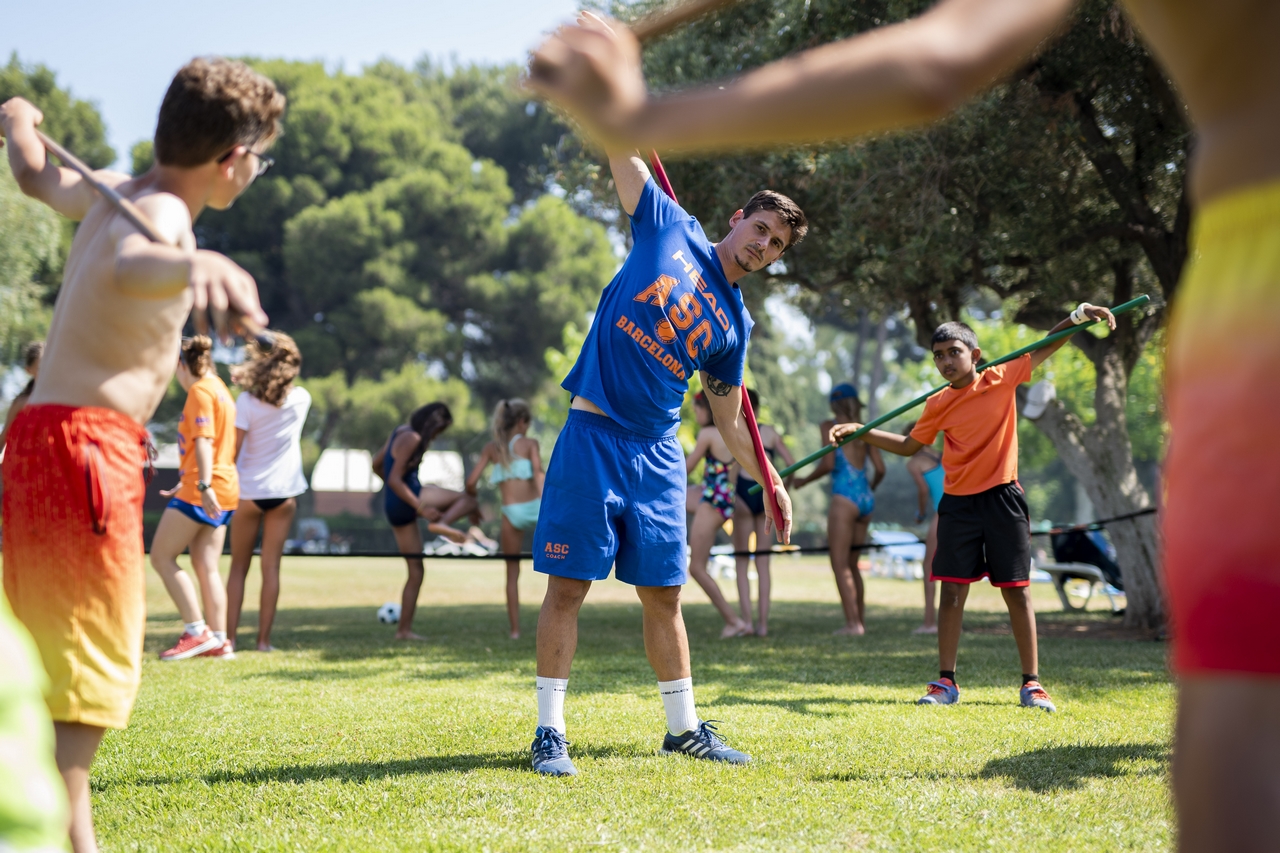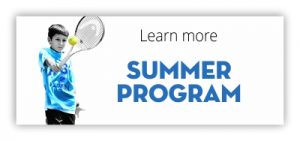
By Miquel Oca, Head Coach of the Sport Science Department, Academia Sánchez-Casal, Barcelona.
All athletes should know about and appreciate the importance of recovery after practising sport. Recovery is part of the daily training of every athlete. Its objective is to reduce the stress suffered at the muscular level and the tension caused by the specific stimulation of the training. With recovery exercises, we try to avoid injuries and predispose the athlete mentally and physically for better performance in their next training session.
This concept becomes even more relevant in situations of continuous training or competition. A good example of this continuous training are the weekly training sessions. During these periods of prolonged physical activity, the Sports Science Department of the Sánchez-Casal Academy includes daily exercise in an aquatic environment to aid in recovery, specifically in shallow pools.

The importance of recovery
The training of our young tennis players is a process split between working time and recovery time. During the training on court, the workload is designed specifically to stimulate the process of overcompensating. We need the training to cause fatigue so that there can later be recovery from that fatigue. By repeating this process over time, we force the athlete’s body to adapt to effort, which in turn improves their performance skills.
But, how does this adaptive mechanism work? During the athlete’s daily tennis training, the stimulation provided by the workout produces an alteration of the body’s balance. This alteration must be reorganized to recover the body’s equilibrium, generating a higher level of adaptation to prevent new alterations in the future. If the athlete’s body is able to restore its equilibrium, they achieve positive overcompensation. But when the athlete cannot restore their body’s equilibrium, and their body cannot recover, their performance decreases progressively and they become easily injured.
To avoid them getting injured, we must provide the player with the appropriate time and strategies to be able to recover safely.

Recovery exercises
The main factor for proper recovery after physical exercise is the rest time between training periods. In addition, there are different strategies to accelerate this recovery. At ASC we try to offer our younger players each of the following different strategies.
For example, performing 10 minutes of physical activity at a progressively lower intensity in the final phase of training allows the athletes to accelerate the cleaning out of any lactic acid accumulated in the muscles and blood as a result of the effort made on court.
Players also perform myofascial release exercises with different training tools such as a foam roller or tennis balls, etc. to roll out the muscles. The objective of using these is to increase blood circulation in the muscle groups worked which in turn contributes to the relief of muscle tension and the recovery of mobility.
Finally, tennis is an asymmetrical sport that generates large muscle imbalances that must be taken into account in all phases of the player’s physical preparation as well as in the recovery periods. Compensatory exercises done with elastic contribute in a great way to the muscular rebalancing of the players.
Tennis players make a high number of very specific, repeated movements during the time they are on the court. Many of these movements limit the range of mobility of the joints involved. Introducing joint mobility exercises with a maximum possible amount of controlled movement during the recovery time provides great compensatory work.
Recovery in the water
Here at the ASC Summer Camp we are lucky to have the use of an outdoor pool that allows us to take some of the recovery sessions to the water.
With pool exercises we get players to perform physical activity in a different environment than usual, a fact that facilitates socio-affective relationships within training groups and the reduction of negative psychological symptoms that may arise during sport practice, such as irritability, inability to concentrate, etc.
From the physiological point of view, and especially during hot summer days, performing aquatic activities in an outdoor pool allows the athletes to lower their body temperatures instantly, with all the benefits that this entails: improvement of blood circulation, acceleration of muscle recovery, etc.
Equally, the fact of performing the exercises in the water and, therefore, with a decrease in the force of gravity, allows the athlete to benefit from the joint decompression provided by this buoyancy.
Thus, the use of an aquatic environment in the athlete’s recovery phase allows us to optimize the recovery of our players. In fact, the execution of tasks in the water predisposes the athlete mentally and physically for better performance.
Miquel Oca
Head Coach of the Sport Science Department at Academia Sánchez-Casal, Barcelona
















